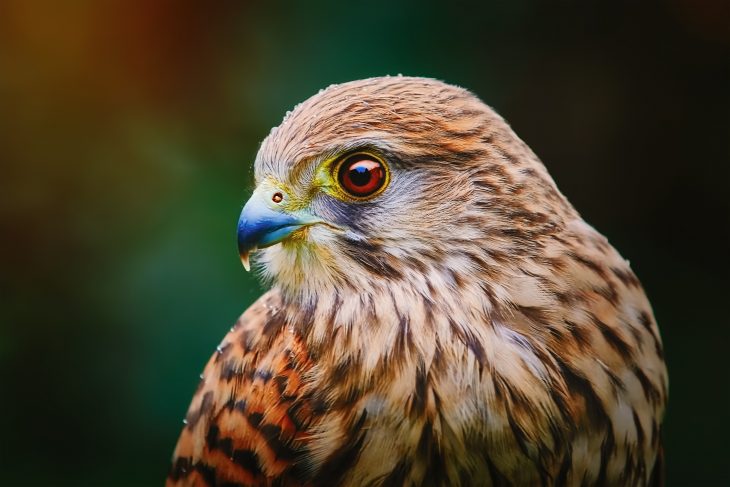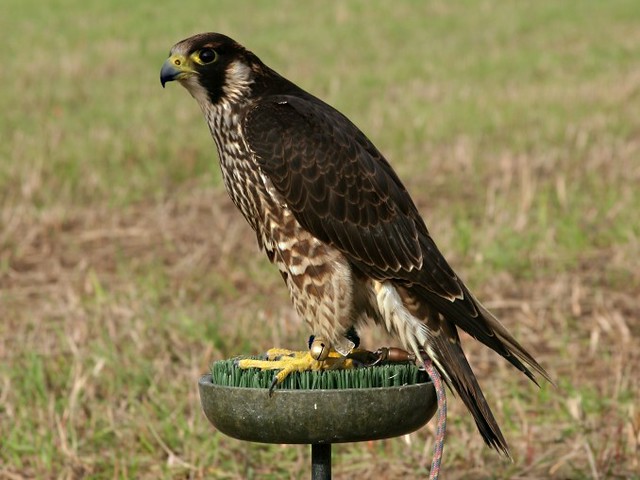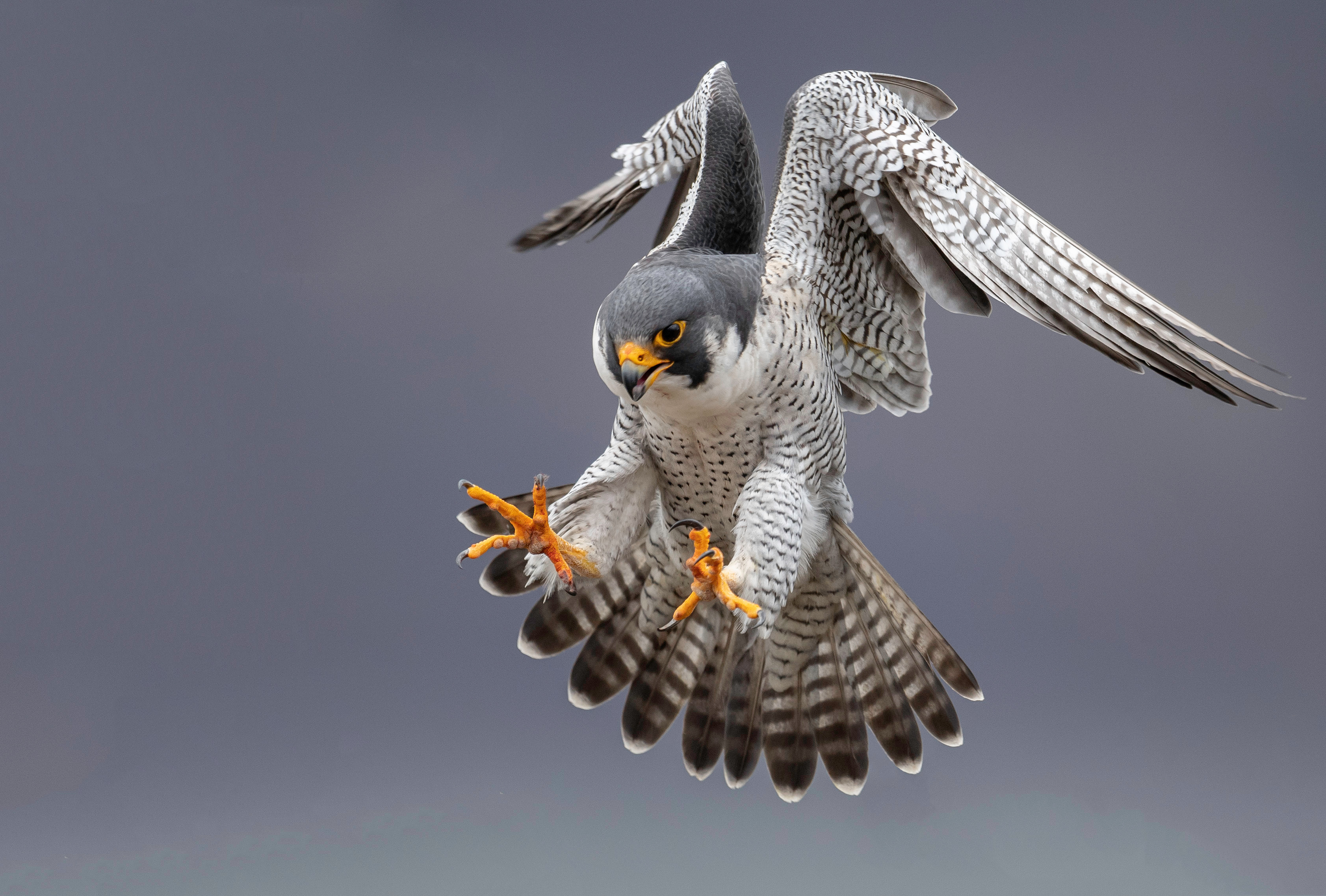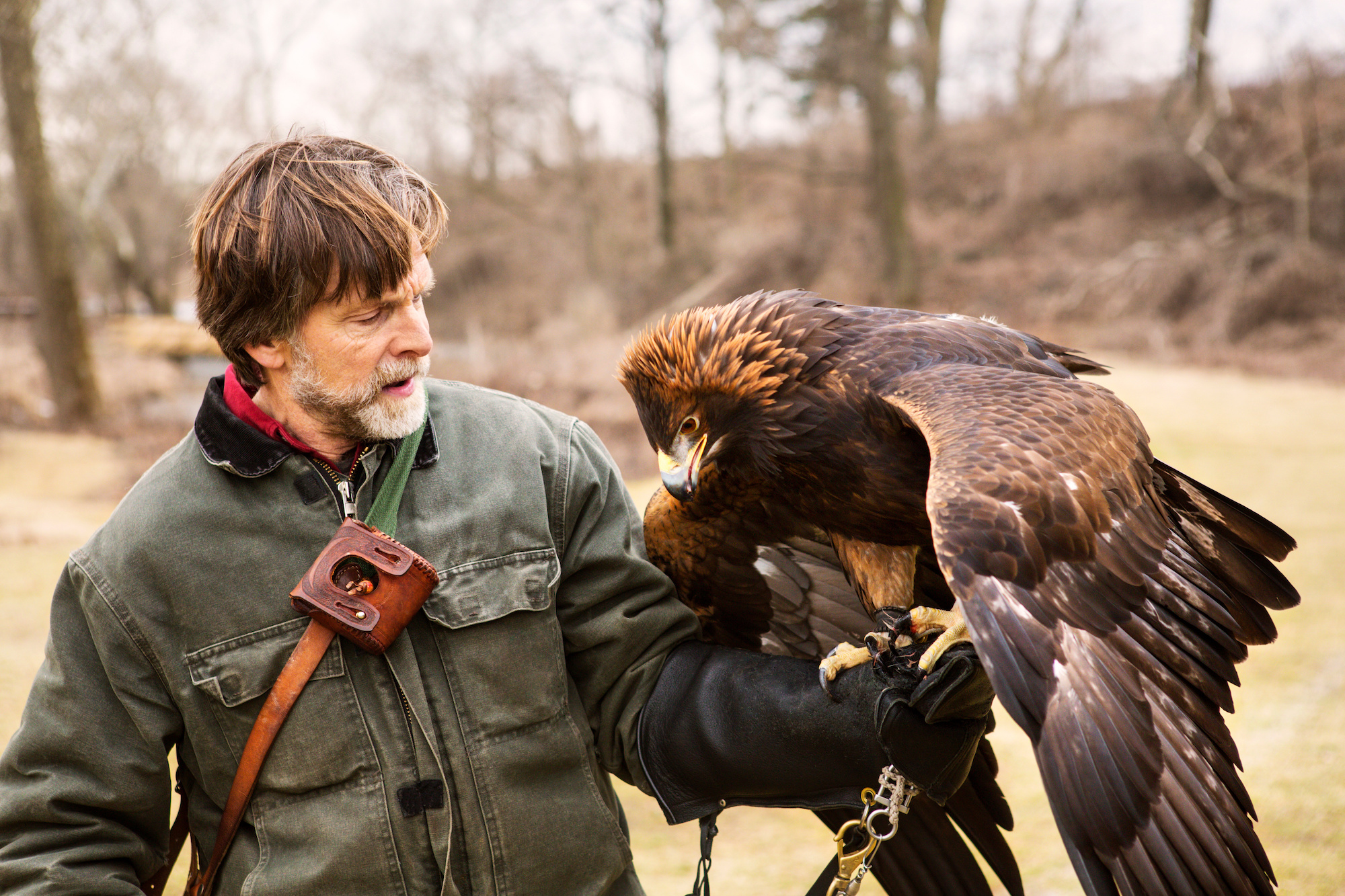
Welcome to the fascinating world of falcons, where speed, agility, and keen eyesight define these remarkable birds of prey. Falcons belong to the family Falconidae and are known for their exceptional hunting skills and aerial prowess. In this article, we will delve into the captivating realm of falcons, uncovering intriguing facts about their characteristics, behavior, habitats, and their significance to humans. So, fasten your seatbelts as we soar through the skies to discover the wonders of falcons.
Wide Range of Species
Falcons encompass a diverse range of species, each with its unique features and adaptations. Some well-known falcon species include the American Kestrel, Merlin Falcon, Gyrfalcon, and Saker Falcon, among others. Each species has its specific habitats, hunting techniques, and physical characteristics.
The Peregrine Falcon
The Peregrine falcon, scientifically known as Falco peregrinus, holds the title of being the fastest bird in the world. With astonishing speeds reaching over 240 miles per hour (386 kilometers per hour) during its hunting stoop, it is an aerial marvel.

American Kestrel
The American Kestrel (Falco sparverius) is the smallest falcon species in North America. They are known for their vibrant plumage, which includes a combination of rusty red, blue-gray, and white feathers. American Kestrels are highly adaptable and can be found in a variety of habitats, from urban areas to open fields.
Aplomado Falcon
The Aplomado falcon (Falco femoralis) is a striking bird of prey found in the Americas. They have distinctive markings, including a white face, reddish-brown back, and slender body. Aplomado falcons are agile hunters, known for their ability to capture prey in mid-air.
Global Distribution
Falcons have a worldwide distribution, inhabiting various regions across the globe. They can be found in diverse habitats such as deserts, grasslands, forests, and even urban areas. Their adaptability and versatility have allowed them to thrive in different environments.
Aerial Predators
Falcons are renowned for their exceptional hunting skills. They are masterful aerial predators that rely on their speed, agility, and sharp vision to capture prey. Falcons primarily feed on small to medium-sized birds, but their diet can also include insects, rodents, and even bats.
Sleek and Streamlined Bodies
Falcons possess streamlined bodies with long, pointed wings, enabling them to achieve incredible speed and maneuverability in flight. Their aerodynamic design minimizes drag, allowing them to soar through the air effortlessly.

Speed Demons
Falcons are renowned for their exceptional speed during flight. The Peregrine falcon, in particular, holds the title of the fastest animal on Earth, reaching speeds of over 240 miles per hour (386 kilometers per hour) during their hunting stoops.
Keen Eyesight
Falcons have exceptional eyesight, which plays a crucial role in their hunting success. Their eyes are specially adapted to detect movement and track their prey from great distances. Falcons can spot their targets with remarkable precision, even while soaring at high altitudes.
Notable Plumage
Falcon plumage varies across species, but many display distinct features. The Peregrine falcon, for instance, exhibits a dark crown and nape, contrasting with its pale underparts. These colorations provide camouflage during hunting and enhance their overall beauty.
Talons and Beak
Falcons possess powerful, sharp talons and a hooked beak, which they use to capture and dispatch their prey quickly. Their talons are designed to grip tightly, ensuring a secure hold on the captured prey.
Stooping Technique
Falcons employ a hunting technique called “stooping,” where they dive from great heights to attack their prey. During a stoop, a falcon folds its wings tightly to reduce drag and achieves incredible speeds as it descends towards its target.
Prey Selection
Falcons primarily feed on other birds and small mammals. Their diet includes pigeons, doves, songbirds, rodents, and even bats. Falcons are known for their swift and precise attacks, using their talons to capture and kill their prey mid-flight.
Feeding Adaptations
Falcons have a unique adaptation known as the “tomial tooth.” This specialized notch on their beak acts as a cutting tool, allowing them to sever the spinal cord of their prey and ensure a quick and efficient kill.
Falconry
Falcons have a long history of partnership with humans through the practice of falconry. Falconry is an ancient sport in which trained falcons are used for hunting small game. It is a unique art that requires a deep bond and mutual trust between the falconer and the bird.

Conservation Efforts
Falcons face various conservation challenges due to habitat loss, pollution, and illegal hunting. However, numerous conservation organizations and initiatives are dedicated to protecting falcon populations and their habitats. These efforts aim to ensure the continued existence of these magnificent birds for future generations.
Symbol of Power and Speed
Falcons have been revered in various cultures throughout history. Their grace, speed, and hunting abilities have made them powerful symbols of royalty, nobility, and military strength. Falcons have appeared in art, literature, and heraldry, representing traits such as courage, agility, and precision.
Conclusion
Falcons, with their extraordinary speed, agility, and hunting prowess, captivate our imaginations and remind us of the wonders of the natural world. Their adaptations, remarkable physical traits, and cultural significance make them fascinating creatures to study and admire. As we soar through the skies with these majestic birds, we gain a deeper appreciation for their role in maintaining the delicate balance of ecosystems.
Frequently Asked Questions (FAQs)
How fast can falcons fly?
Falcons are renowned for their speed, and the Peregrine falcon holds the title for being the fastest bird, reaching speeds of over 240 miles per hour (386 kilometers per hour) during its hunting stoop.
What do falcons eat?
Falcons primarily feed on small to medium-sized birds. However, their diet can also include insects, rodents, and bats, depending on the species and habitat.
Where do falcons live?
Falcons have a global distribution and can be found in various habitats, including deserts, grasslands, forests, and urban areas. Different species have adapted to specific environments worldwide.
Are falcons endangered?
While some falcon species face conservation challenges, such as habitat loss and illegal hunting, many populations are stable or increasing due to conservation efforts and protective measures.
Can falcons be kept as pets?
Falconry is a practice where trained falcons are used for hunting, but keeping falcons as pets is not common or recommended. Falcons require specialized care, permits, and a deep understanding of their needs and behavior.
Was this page helpful?
Our commitment to delivering trustworthy and engaging content is at the heart of what we do. Each fact on our site is contributed by real users like you, bringing a wealth of diverse insights and information. To ensure the highest standards of accuracy and reliability, our dedicated editors meticulously review each submission. This process guarantees that the facts we share are not only fascinating but also credible. Trust in our commitment to quality and authenticity as you explore and learn with us.
